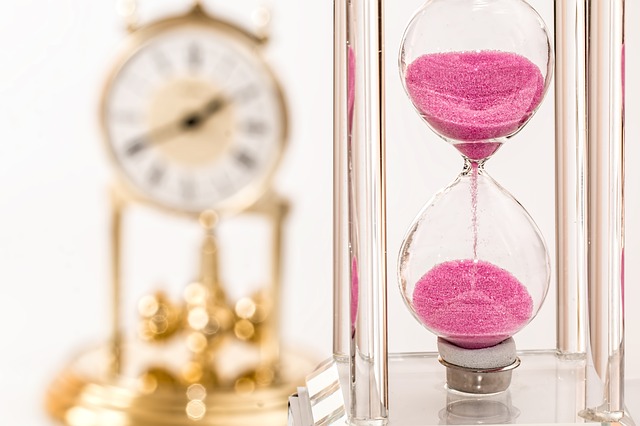You know that feeling when your head is spinning, your heart is racing, and you can’t think straight? That’s stress. And it’s not just an inconvenience – chronic stress can lead to all sorts of health problems, both physical and mental.
But there’s a way to fight back against stress. It’s called kinesiology, and it’s based on the principle that our bodies are designed to heal themselves (pretty much like, you guessed it, Reiki!). By balancing the energies in our bodies, kinesiology can help us unlock the stress response and promote healing.
Kinesiology is the study of movement and human physiology
Kinesiology combines something we all do every day – move – with a science that helps us understand the body better. From teaching us how to stay healthy, to helping injured athletes recover, kinesiology is an essential field of study in a range of applications. But it’s not all serious business – its insights can even inform our fitness and fun activities, such as picking up a new sport or learning complex dance moves. Next time you hit the gym or get ready for game night, remember that kinesiology may have had some influence on how those activities are designed and why they benefit you!
Kinesiology is based on the principle that the body is a self-regulating system
When it comes to the field of kinesiology, forget everything you know about the human body being an unmovable, static machine – kinesiology is based on the principle that it’s actually a self-regulating system with elements that adjust to meet the needs of our changing environments. We can learn so much by studying how our bodies move and interact naturally in different situations, which explains why kinesiology has become essential for athletes and medical professionals alike eager to maximize performance and reduce the chances of injury.
In other words, if we want to remain spry and spritely, we’d be wise to look inward and pay attention to our ever-evolving regulatory systems – all very fascinating stuff indeed!
When the body is out of balance, it will use kinesiology to restore balance
The body is like a dance of countless, intricate parts; if one part moves out of sync, the whole performance will suffer. Popular culture often showcases outrageous stunts by flexible dancers with seemingly superhuman control over their bodies, but even the most fluid and graceful physical forms are no match for a wellness out of balance. This is where kinesiology comes in to save the day! By taking an integrative approach to evaluating movement and musculoskeletal function, kinesiology can effectively restore natural harmony by assessing what’s out of tune and amending it accordingly – after all, life really is just one big happy dance!
Kinesiology can be used to treat conditions such as headaches, fatigue, anxiety, and depression
Kinesiology can be a highly effective way to treat certain conditions – quite literally, the term ‘kinesiology’ directly translates from Greek to mean ‘the study of motion’. And really, that’s what it is – through the use of muscle testing and acupressure points, kinesiology can unlock a person’s body in ways they might never have imagined. From headaches to fatigue, anxiety and depression – many traditional and alternative treatments can be improved with kinesiology.
If you are interested in learning more about kinesiology, there are many resources available online
If you’re looking for a way to enrich your studies, why not start by taking a peek into kinesiology? The fascinating field examines how the body works and functions during physical activity, and the many online resources out there can help you explore this subject in more detail. From studies on exercise physiology to biomechanics, no matter what variety of kinesiology knowledge you seek, it’s at your fingertips if you go online. So strap on your virtual boots, flex your digital fingers and get ready to learn something new today!







